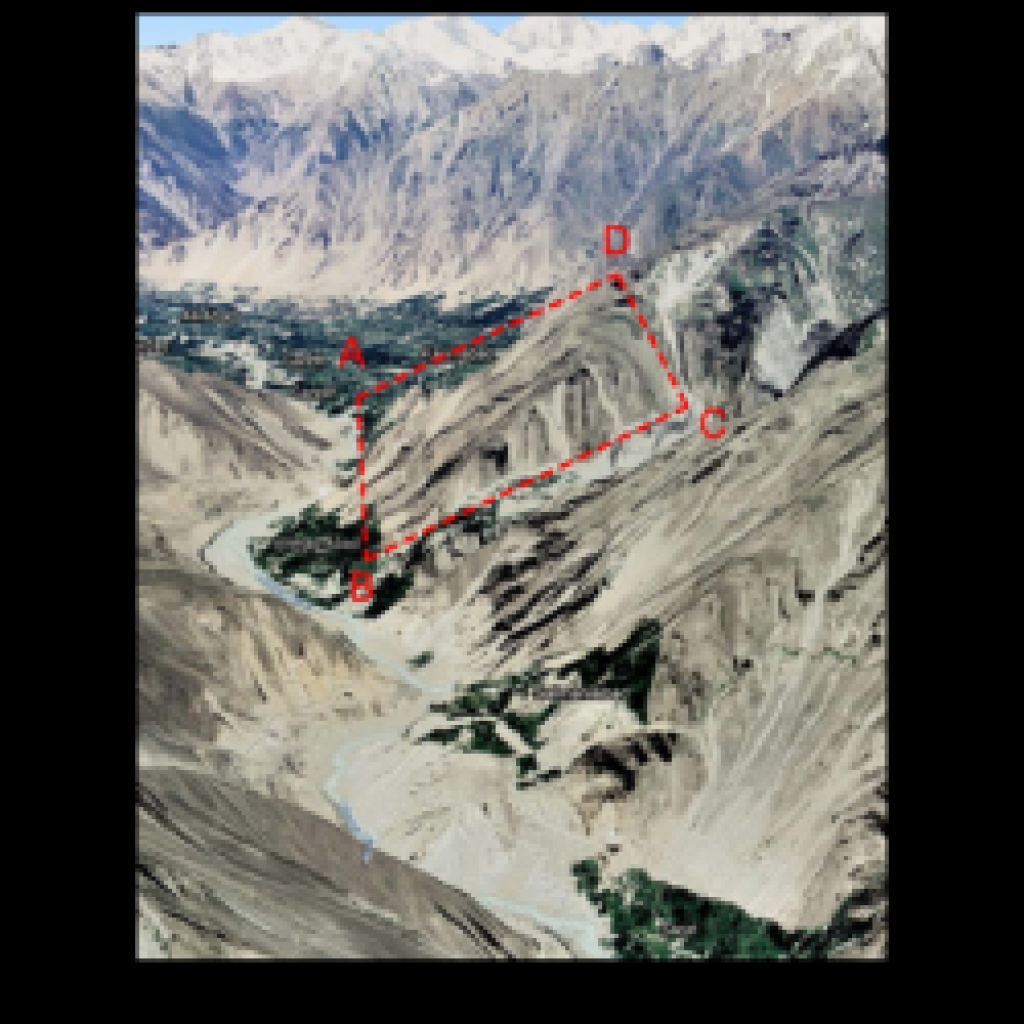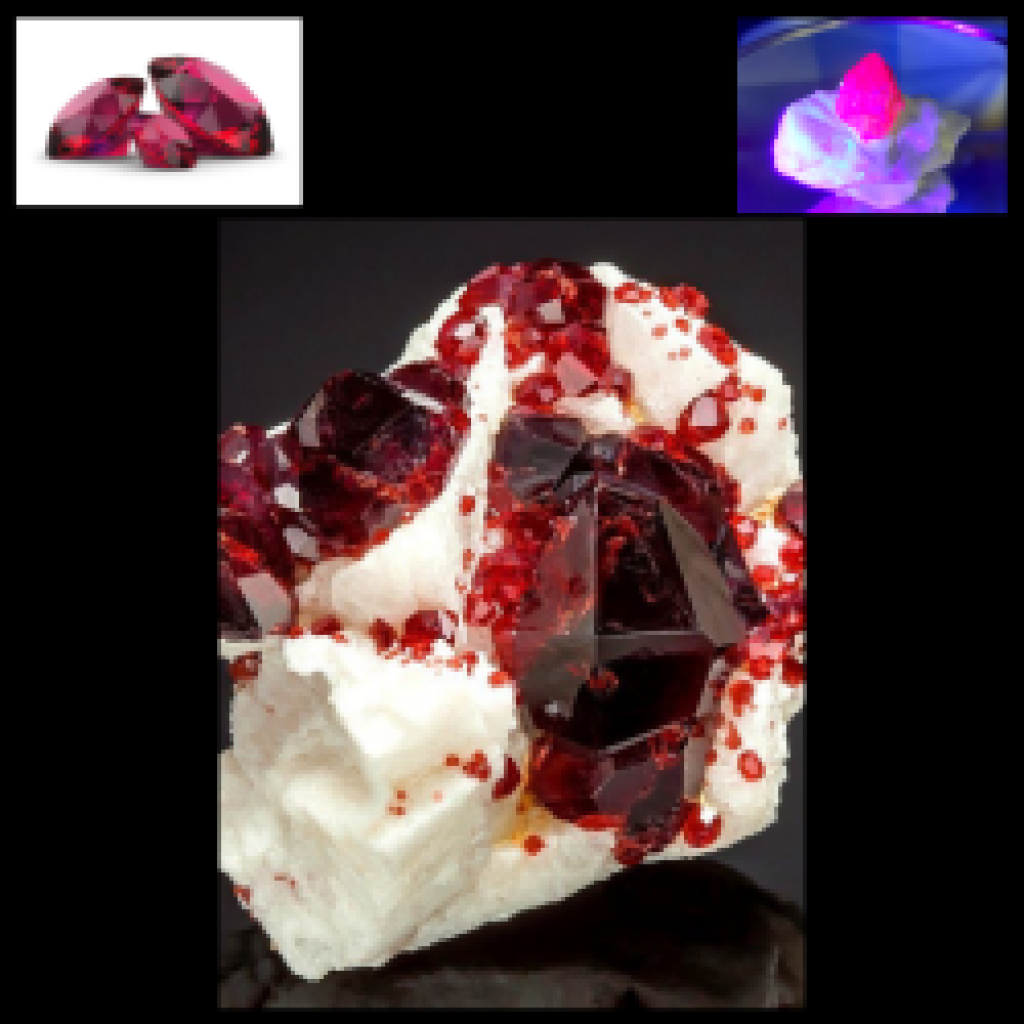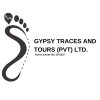Introduction: Hunza Ruby
Dive into the captivating world of the Hunza Ruby, sourced from the enchanting Hunza region of Pakistan. Uncover the geological wonders, cultural significance, and healing properties of this precious stone. Nestled amidst the rugged peaks of the Karakoram lies the picturesque valley of Hunza, Pakistan. Renowned for its breathtaking scenery and rich cultural heritage, Hunza also boasts a treasure trove of natural wonders, including the mesmerizing Ruby Gemstone. In this article, we embark on a journey to unravel the mysteries surrounding this precious gem, exploring its origins, cultural significance, and therapeutic properties.

PC:GMC

PC: GMC

Origins and Formation:
The Ruby Gemstone, prized for its intense red hue and unparalleled beauty, traces its origins to the heart of the earth. Formed millions of years ago under immense pressure and heat, rubies are a variety of the mineral corundum, renowned for their exceptional hardness and brilliance. The unique geological conditions of the Hunza region have fostered the formation of these exquisite gemstones, giving rise to some of the finest specimens in the world.
Cultural Significance:
In Hunza and throughout the wider region of Pakistan, rubies hold profound cultural significance. Revered for their association with love, passion, and vitality, these gemstones are often incorporated into traditional jewelry and ceremonial adornments. In ancient folklore, rubies were believed to possess mystical powers, offering protection against evil spirits and promoting prosperity and good fortune.
Healing Properties:
Beyond their aesthetic appeal, rubies are also cherished for their purported healing properties. According to holistic practitioners, these gemstones are believed to stimulate the root chakra, promoting a sense of vitality and strength. It is said that wearing ruby jewelry can enhance circulation, alleviate fatigue, and impart a sense of courage and confidence to the wearer. Whether worn as a talisman or simply admired for their beauty, rubies continue to captivate the hearts and minds of people around the world.
Ethical Sourcing and Sustainability:
As awareness of ethical sourcing and sustainability grows within the gemstone industry, there is increasing emphasis on responsible practices in the extraction and trade of rubies. In Hunza, efforts are underway to promote fair trade initiatives and support local artisans involved in the crafting of ruby jewelry. By prioritizing transparency and accountability, stakeholders aim to ensure that the beauty of these gemstones is preserved for future generations to enjoy.
How to Get There
You can join us to explore Hunza Nagar Nalley and its stunning landscape and Ruby Market at Aliabad, and Karimabad. Our trained guide will coordinate your networking with the gemstone experts, gemstone workshop and market. The Ruby Mines can be seen and pictured from a distance while driving on KKH across Hunza river.
From Islamabad you will have the choice to reach Gilgit either by flight or by road through the beautiful Kaghan Valley or historical Indus Valley. From Gilgit to Hunza it is two or three hours drive depending on the type of vehicle and speed limits imposed by the tourists to take some photographs at various viewpoints. Karimabad is the capital of formerly Hunza State and the Ruby shops are located mostly in Karimabad and Aliabad.
Conclusion:
In conclusion, the Ruby Gemstone of Hunza, Pakistan, stands as a testament to the enduring allure of nature’s treasures. From its origins deep within the earth to its cultural and healing significance, the ruby continues to enchant and inspire all who encounter it. As we marvel at its beauty and contemplate its mysteries, let us also embrace the importance of ethical sourcing and sustainability, ensuring that these precious gemstones continue to shine bright for years to come.


0 Comment